This article is sponsored by Luma.
Complexity is an enemy to progress, an idea that applies to plenty of things in life, including buying a house, doing your taxes, or going to court to fight a ticket. But what about WiFi? Dead spots, buffering, weak signals and security lapses can complicate your WiFi experience. But with the right solution, complexities are simplified, resulting in a more satisfying and hassle-free WiFi experience.
Luma’s Whole Home WiFi not only gives your home perfect wireless coverage, but the Luma app simplifies your WiFi mesh network’s management and brings it to the palm of your hand.
The app lets network owners see and control devices, user access, and content on their wireless network, making it easy to control content and manage performance, automation and security.

Control access and protect against hackers
Controlling the content on your network doesn’t have to be difficult. Access to questionable websites, or protection from malicious programs like viruses, malware, and other internet maladies are easily prevented and controlled from the Luma app.

Teen and tween daily internet use
With a focus on being a kid-friendly product, Luma simplifies parental controls, guaranteeing children a safe and enriching online experience. For example, daily network usage can be limited, preventing kids from being glued to screens all day. Then at the end of the day, parents can set bedtime schedules, guaranteeing that after-hour browsing doesn’t interrupt a child’s full night of sleep.
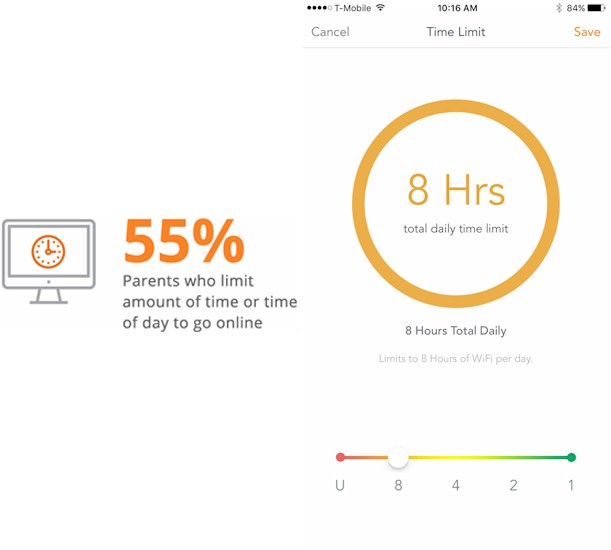
Setting daily internet time limit
Luma also lets parents temporarily pause internet access for dinner, family game night, or whenever quieter and uninterrupted time is desired.
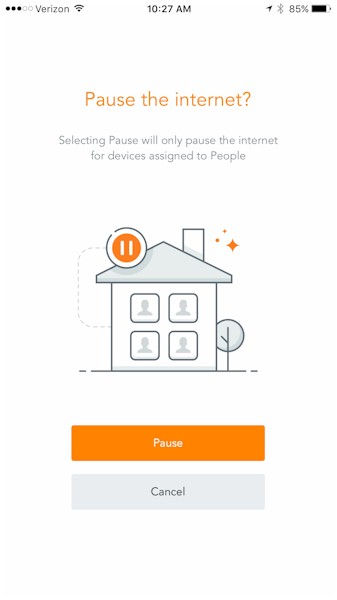
Pause internet
Content control is also taken care for each of the network’s users with a simple tap on the Luma app. Content is filtered by a rating system similar to the one used by the movie industry. By creating individual user profiles and setting a policy rating, parents can use Luma to give safe access to G-rated content to younger children, PG-rated content to teens and young adults, and so on.
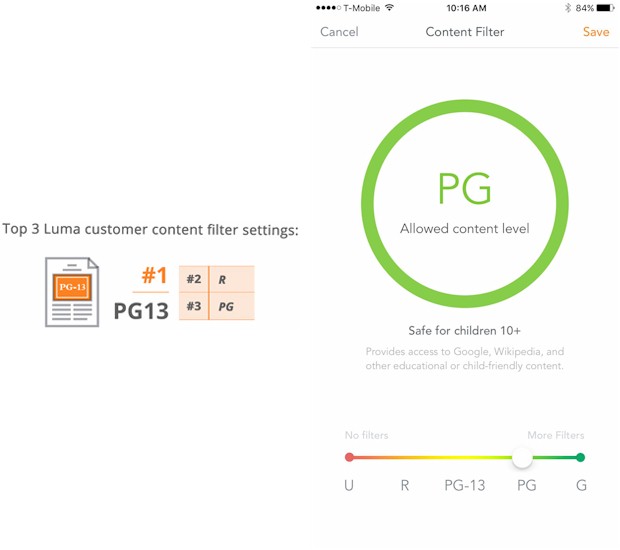
Setting content filter
Prioritizing devices so they receive more bandwidth is quick and easy with Luma. This is especially important for devices like gaming systems and video streaming services that need more bandwidth to stay free of jitter and buffering.
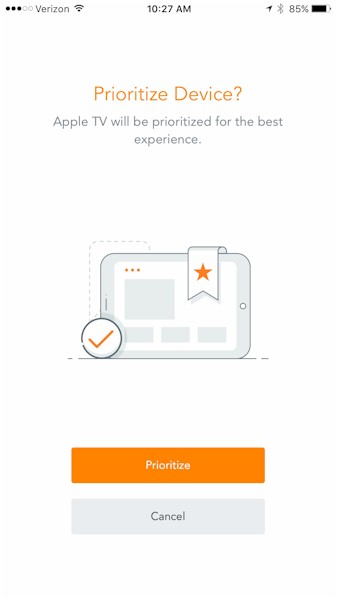
Setting device priority
Luma also works with Amazon Alexa. With Alexa voice commands, Luma owners can control Luma actions, also called skills, like pausing and unpausing WiFi access, or prioritizing specific devices for better bandwidth access and faster performance.
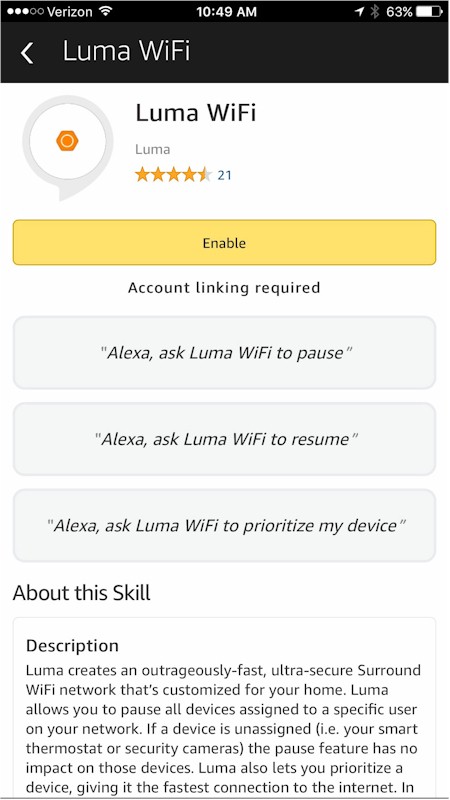
Luma Alexa skills
In addition to user profiles, Luma can secure the network from prying eyes by controlling access. Luma lets you decide whether each device is allowed on your network.
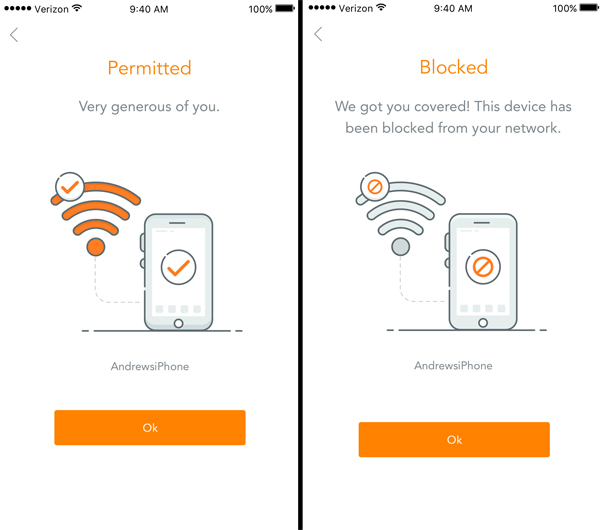
Blocking devices
For more information on Luma’s Surround WiFi solution and what Luma can do for you, be sure to visit lumahome.com.

 Read more about Luma.
Read more about Luma.